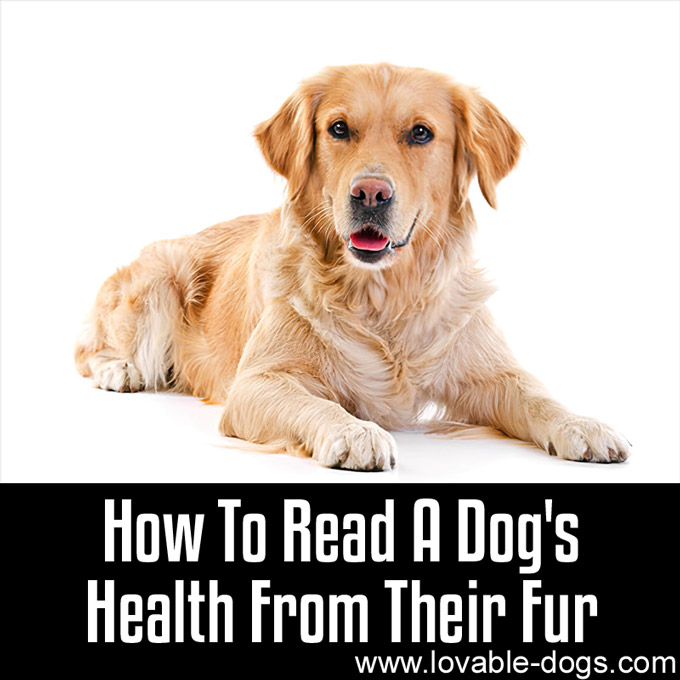
Photo – © MilsiArt Fotolia.com
We found a great article about ways to read a dog’s health from the condition of the fur. The link is after our commentary.
One thing the dog kind certainly doesn’t lack is variety, and this feat is fully expressed in the broad spectrum of coats all dogs sport. It’s even more astounding to know that although wolves and dogs belong to the same species, the latter display sheer diversity when it comes to coat patterns, color, texture, and lengths.
The variety is caused by different breeds producing different sizes and numbers of primary and secondary hairs. But whether they are golden, reddish, or black; bicolored, tricolored, or marbled; or short or long, all furs and coats in general bear the same function: to protect the dog from temperature extremes, to provide insulation, and to safeguard the skin from trauma from cuts or scrapes, the sun and toxins. If you add up all the scratching and lying on tough surfaces your dog does throughout his life, it’s plain to see why you could consider the fur or hair as being one of the toughest, most hard-working organs in a canine’s body.
The condition of the skin and the fur as a whole may reflect the state of health of your dog and indicate the presence of some ailments. Whereas soft, shiny fur translates to wellness, dry, dull fur is a hint that something is not right – plus it is unattractive! Your dog’s coat and fur is also a perfect barometer of nutritional status. A dry skin and dreadfully dull or rough coat means your dog is not hitting the nutritional target and lacks some nutrients such as protein, fatty acid, and zinc for his body to work swimmingly.
Skin and hair coat changes are also common manifestations of hormonal problems, including hypothyroidism and Cushing’s disease. Certain coat colors and patterns, curiously, are associated too with problems that are genetically acquired or linked. For instance, white coats in boxers and Dalmatians may signify deafness. A merle pattern on the other hand in collies, shelties, or Dachshunds (i.e., mottled patches of color) is linked to either deafness or vision disorders.
To learn more how your dog’s fur can aid you in detecting and figuring out disorders and health conditions, give this article a read: https://www.cesarsway.com/Dog-Fur-Tells-a-Lot-About-a-Dogs-Health/

